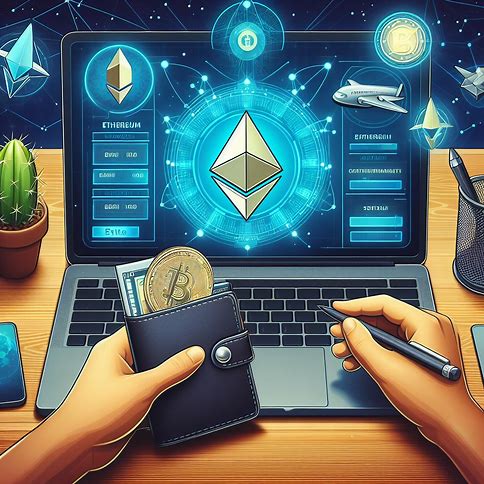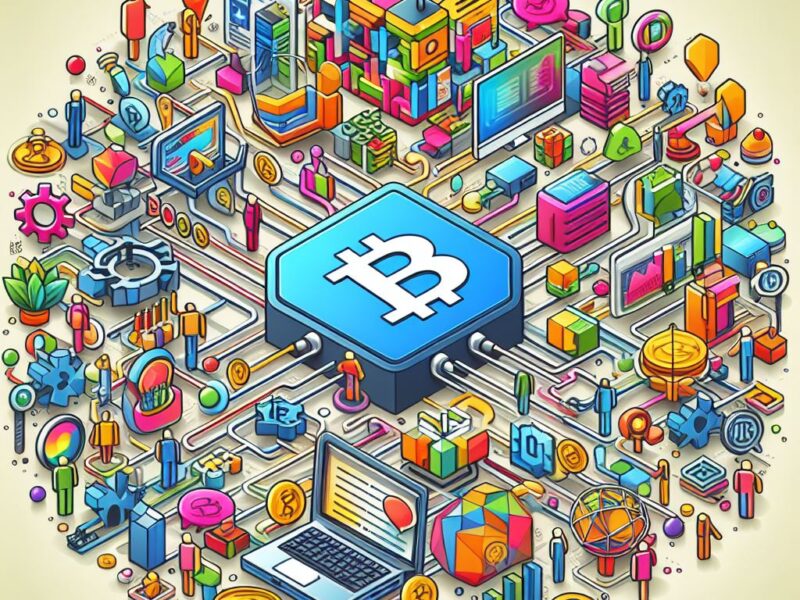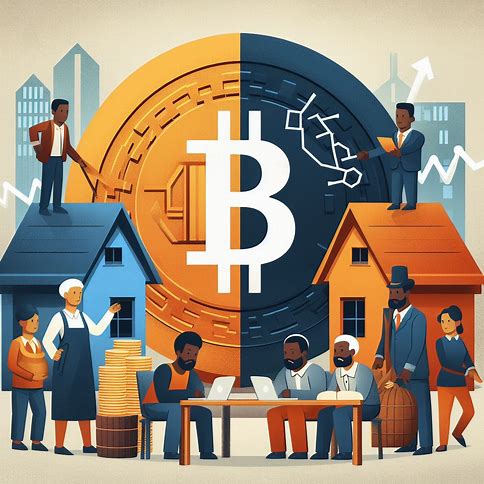The amount of new Bitcoin being created gets cut in half. This process, called “halving”, has a big impact on the Bitcoin ecosystem and here is Bitcoin halving explained in simple terms.
What is Bitcoin Halving?
Bitcoin halving is an event that occurs approximately every four years, where the amount of new Bitcoin entering circulation is cut in half. This is a fundamental part of Bitcoin’s design, meant to control inflation and maintain the cryptocurrency’s value as time goes on.
The halving is built into the Bitcoin protocol, which is essentially the rulebook that governs how Bitcoin works. It’s not a decision made by any individual or organization – it’s a pre-programmed event that happens automatically.
Why Does Bitcoin Halving Happen?
Bitcoin was designed to mimic the properties of gold – a scarce resource that can’t be easily produced. Just as there’s a finite amount of gold on Earth, there will only ever be 21 million Bitcoins in existence.
The halving mechanism ensures that new Bitcoins are introduced into circulation at a decreasing rate. In the early days of Bitcoin, miners – the computers that secure the Bitcoin network – were rewarded with 50 new Bitcoins for each block they added to the blockchain. After the first halving in 2012, this reward was reduced to 25 Bitcoins. It halved again to 12.5 Bitcoins in 2016, and to 6.25 Bitcoins in the most recent halving in May 2020.
This gradual reduction in the mining reward is meant to prevent inflation as more Bitcoins enter circulation. If too many Bitcoins were released too quickly, it could lead to a decrease in the cryptocurrency’s value.
Related: 10 Proven Ways to Make Money from Cryptocurrency with a Small Budget
The Impact of Bitcoin Halving
Bitcoin halvings have significant implications for everyone in the Bitcoin ecosystem – from miners to investors to regular users.
For miners, a halving means their reward for securing the network is cut in half. This can put pressure on miners, especially those with older, less efficient equipment, as their operational costs may exceed their reduced rewards. Some miners may choose to switch off their machines if they’re no longer profitable after a halving. However, if the price of Bitcoin increases significantly after a halving – which has happened in the past – miners can still remain profitable despite the reduced block rewards. For investors and regular users, a halving can lead to increased scarcity of new Bitcoins. If demand for Bitcoin remains high while the supply of new coins is reduced, this can theoretically lead to an increase in Bitcoin’s price.
When is the Next Bitcoin Halving?
The next Bitcoin halving is expected to occur in 2024, when the block reward will decrease from 6.25 to 3.125 Bitcoins. After that, halvings will continue to occur approximately every four years until the maximum supply of 21 million Bitcoins is reached around the year 2140. At this point, no new Bitcoins will be created, and miners will only earn transaction fees for securing the network.
Key Takeaways
1. Bitcoin halving is a pre-programmed event that occurs approximately every four years, where the amount of new Bitcoin entering circulation is cut in half.
2. The purpose of Bitcoin halving is to control inflation and maintain the cryptocurrency’s value over time by mimicking the scarcity of resources like gold.
3. Halvings have significant implications for miners, as their rewards for securing the network are reduced by 50%, which can affect their profitability.
4. For investors and users, a halving can lead to increased scarcity of new Bitcoins, potentially driving up the cryptocurrency’s value if demand remains high.
5. The next Bitcoin halving is expected to occur in 2024, reducing the block reward from 6.25 to 3.125 Bitcoins.
6. Halvings will continue until the maximum supply of 21 million Bitcoins is reached around the year 2140, after which no new Bitcoins will be created.
7. While halvings can create short-term challenges, they are generally seen as positive events for the Bitcoin ecosystem, contributing to the cryptocurrency’s potential as a long-term store of value.
Frequently Asked Questions
1. What is the current block reward for Bitcoin miners?
As of the last halving in May 2020, the current block reward for Bitcoin miners is 6.25 Bitcoins per block. This reward will remain in place until the next halving, expected to occur in 2024.
2. How often do Bitcoin halvings occur?
Bitcoin halvings occur approximately every four years, or more precisely, every 210,000 blocks. The exact timing can vary slightly due to variations in the time it takes to mine each block.
3. How many Bitcoin halvings have occurred so far?
Since the year 2021, there have been three Bitcoin halvings. The first occurred in 2012, the second in 2016, and the most recent in May 2020.
4. Will halvings continue forever?
No, halvings will continue until the maximum supply of 21 million Bitcoins is reached. This is estimated to happen around the year 2140. After that point, no new Bitcoins will be created, and miners will only earn transaction fees for securing the network.
5. Can the Bitcoin halving schedule be changed?
The Bitcoin halving schedule is hard-coded into the Bitcoin protocol, meaning it would require a consensus among the Bitcoin community to change it. Such a change is considered highly unlikely, as it would undermine one of the core features and value propositions of Bitcoin.
6. What happens if the price of Bitcoin doesn’t increase after a halving?
If the price of Bitcoin doesn’t increase sufficiently to compensate for the reduced block reward, some miners may find it unprofitable to continue mining. This could lead to a temporary decrease in the network’s hash rate (the total computational power securing the network). However, as less efficient miners drop off, the difficulty of mining adjusts, maintaining an equilibrium in the long run.
7. How does Bitcoin halving affect transaction fees?
Bitcoin halving does not directly affect transaction fees. However, as block rewards decrease over time, transaction fees are expected to become a more significant part of miners’ income. This could potentially lead to an increase in transaction fees, especially if the network experiences high transaction volumes.










